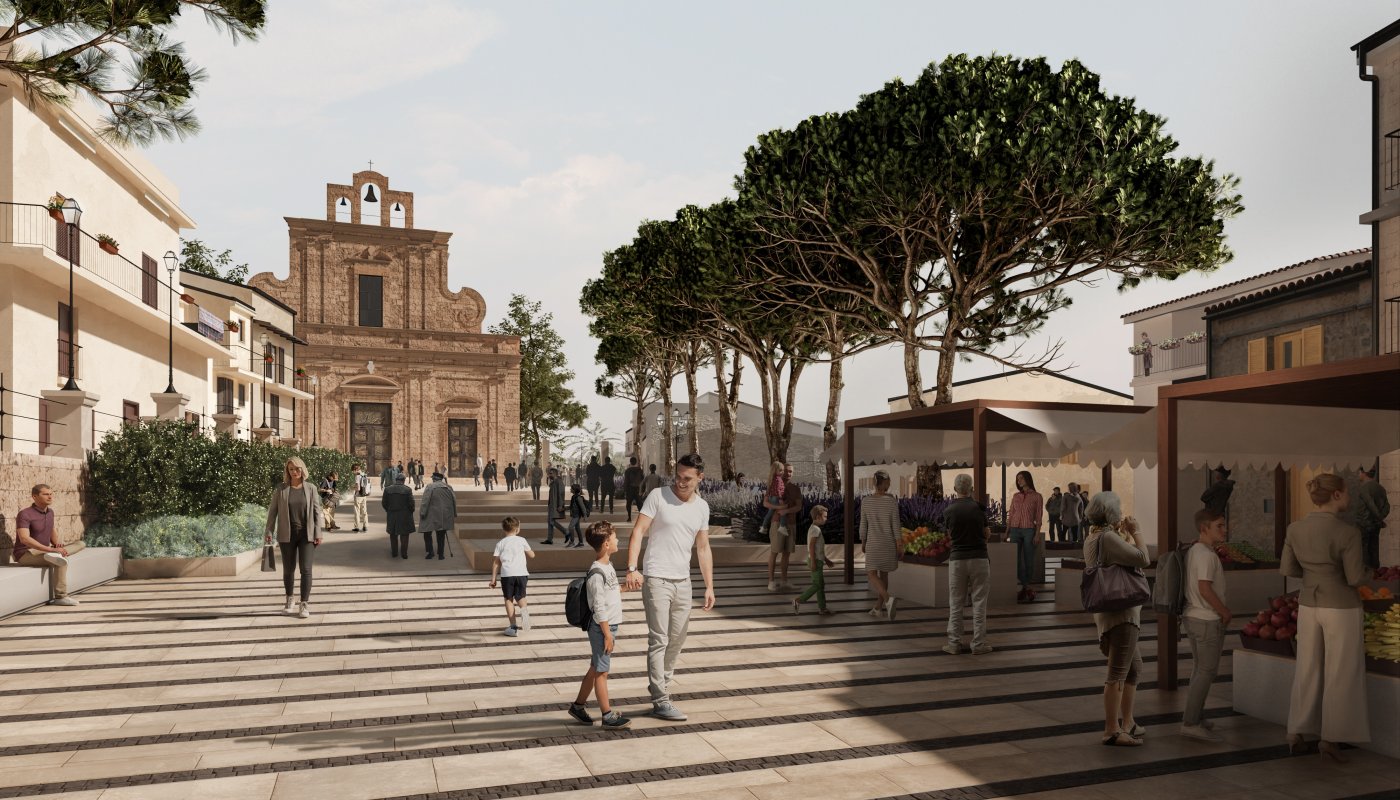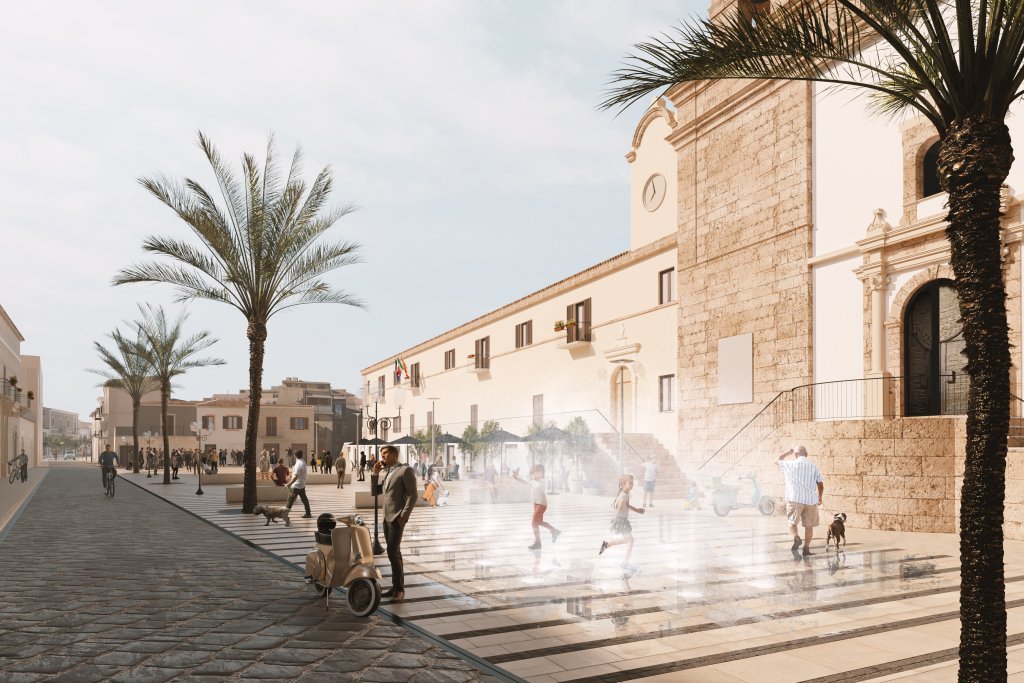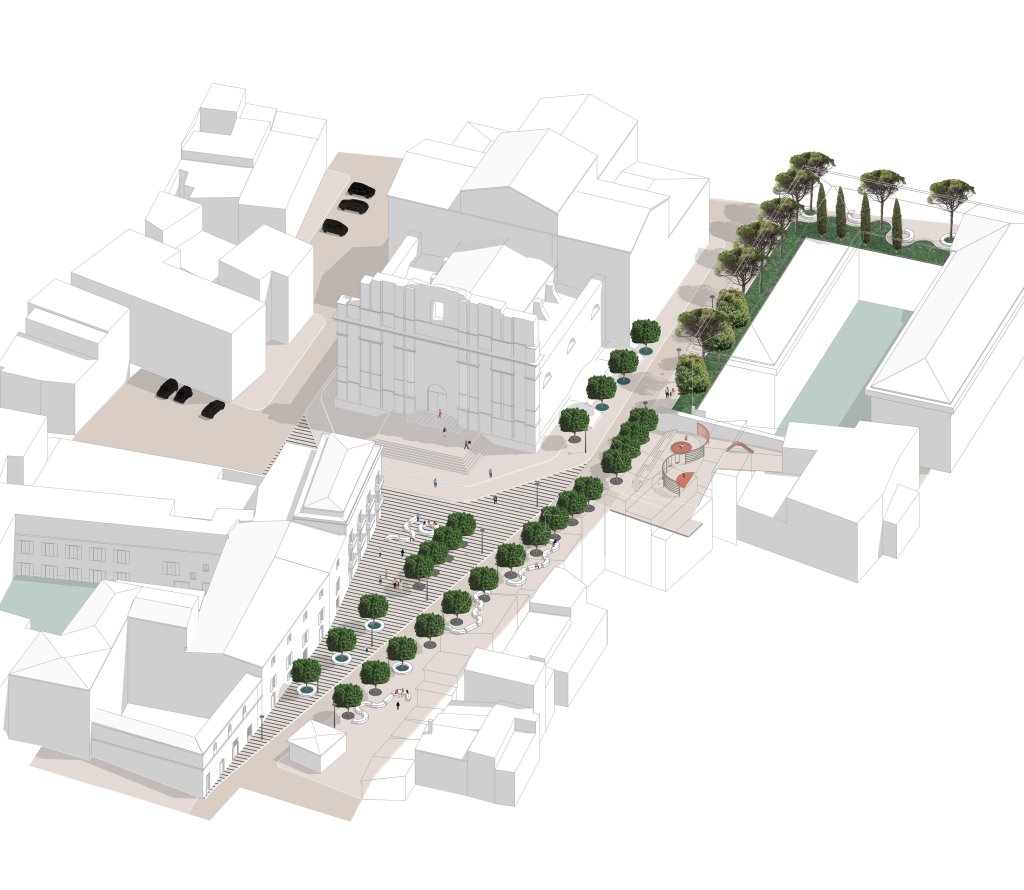News feed
“The BME name carries weight” – this is how a Hungarian architectural firm was selected to design an Italian city centre
2024. 08. 13.
Associate lecturer at BME Bálint Kádár told us what it was like to recreate a centuries-old Baroque city core.
The national press also covered the story of the Hungarian design firm selected by the Italian city of Mazzarino to design the renovation of its historical centre. Director of Architecture and Urban Planning at DANU Design and Engineering, Bálint Kádár is also the Vice Dean for Science and Innovation of BME’s Faculty of Mechanical Engineering. We asked him how a Hungarian company can win a design competition in Sicily.
“First of all, unfortunately, there have been no large publicly financed design contests in Hungary for years, or no more than two or three per year, so we had to look around abroad,”
said Mr. Kádár.
OK, so far it’s clear, but winning is not as easy as reaching the above conclusion. No wonder only relatively few Hungarian companies take advantage of these opportunities abroad: you need good connections, not just expertise. In this particular case too, it was important that Bálint Kádár knew Italy well, spoke the language, studied architecture in Milan under an Erasmus scholarship, and currently runs some joint projects between his department and the Sapientia University in Rome.

Nevertheless, it is of course a big deal that the design of a Hungarian firm emerged as the winner as, after all, the rivals were all culturally embedded locals. Bálint Kádár also noted that he shares this recognition with the Department of Urbanism of the ÉPK as the knowledge accumulated here is competitive in all countries. In response to our question he confirmed that the firm’s connection to the university matters a lot both in and outside Hungary as “the BME name carries weight”. The help of the Italian Erasmus students studying at the BME was also a great advantage, so
“without the university, this could not have happened,”
he added.
A small town of eleven or so thousand people even in Italy could not, of course, afford to hold an international design competition but the municipalities there receive state support to do so. Nonetheless, Mazzarino is “a surprisingly vibrant place with self-conscious citizens and local intellectuals, for whom preserving the historical image of the city is important”.

The experts at DANU also learned from the city’s history and focused on its heyday in the period when people were still walking on foot. The task was to rethink the Baroque axis of the city bordered by 7 churches, and their concept was to create a more liveable and usable city by keeping cars out from one part of that area.
While respecting the built heritage, the DANU team were not shy to design modern tools, such as mist gates, new street furniture, a green wall and a comprehensive rainfall collection system. They did all this practically completely from home, without ever travelling to see the local space on site at that stage of the project. “Thirty years ago this would have been unthinkable, and even ten years ago it would have been hard, but today it can be easily solved using Google Street View.”

In addition, Danu have also applied for further assignments abroad, for example, he is now interested in four design tenders, of which they have reached the final round in two.
pg
